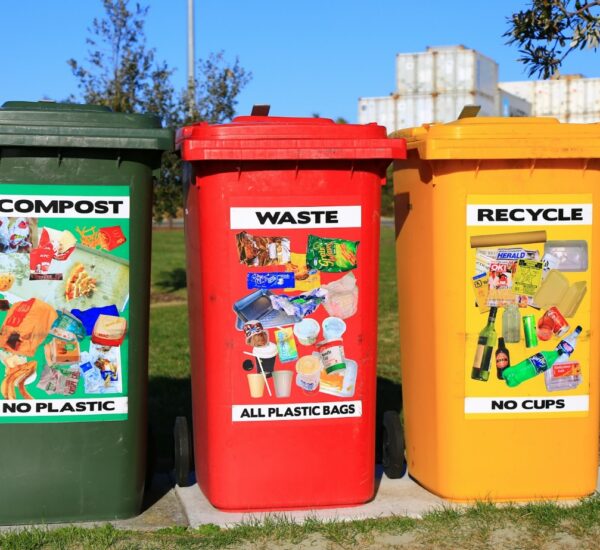Cut flowers, those vibrant and fragrant symbols of beauty and emotion, embark on a remarkable journey from their inception on flower farms to their ultimate destination in waste management facilities. This journey encompasses various stages, each with its own significance in terms of sustainability and environmental impact. Understanding the lifecycle of cut flowers sheds light on the importance of responsible practices in the floral industry.
1. Cultivation on Flower Farms
The journey begins on flower farms worldwide, where a myriad of flowers are carefully cultivated. These farms range from small, family-owned operations to large commercial enterprises. Cultivating flowers involves meticulous planning, planting, nurturing, and harvesting. Sustainable farming practices, such as organic cultivation and reduced pesticide use, are increasingly important to minimize environmental impact.
2. Harvesting and Post-Harvest Handling
Once flowers reach their peak bloom, they are harvested with precision. Post-harvest handling includes careful cutting, sorting, and conditioning to maintain freshness. Proper handling at this stage significantly impacts the shelf life and quality of the flowers.

Photo by Roman Kraft from Unsplash
3. Distribution and Retail
After harvesting and conditioning, cut flowers are transported to various distribution points, including wholesalers, florists, and retailers. The flower supply chain can be extensive, with international shipments for exotic blooms. Sustainable packaging and transportation methods are essential to reduce the carbon footprint of flower distribution.
4. Arrangement and Display
Florists and floral designers play a crucial role in transforming cut flowers into stunning arrangements and bouquets. Their artistic talents help express emotions through floral expressions. However, it’s important for florists to prioritize sustainable design practices, using local and seasonal flowers when possible.
5. Consumer Use and Appreciation
Once purchased, cut flowers find their way into homes, events, and businesses, where they are appreciated for their beauty and symbolism. Extending the vase life of cut flowers through proper care, such as changing water regularly and trimming stems, helps reduce waste.
6. End of Life
Eventually, cut flowers reach the end of their life cycle, either due to wilting or as a result of events or occasions coming to an end. At this point, responsible disposal becomes crucial. Many individuals and businesses opt for eco-friendly disposal methods, such as composting or recycling floral arrangements.

Photo by Alisa Anton on Unsplash
7. Waste Management
The final destination in the lifecycle of cut flowers is often waste management facilities. Floral waste can include wilted blooms, trimmings, and other byproducts. Managing floral waste responsibly involves composting, recycling, or disposing of it in an environmentally friendly manner to reduce the burden on landfills.
Understanding the lifecycle of cut flowers underscores the need for sustainable practices at every stage, from cultivation to waste management. By adopting eco-conscious choices, such as supporting local growers, using sustainable packaging, and practicing responsible disposal, we can minimize the environmental impact of the floral industry and ensure that the beauty of cut flowers doesn’t come at the cost of our planet.
Image by Unsplash+




